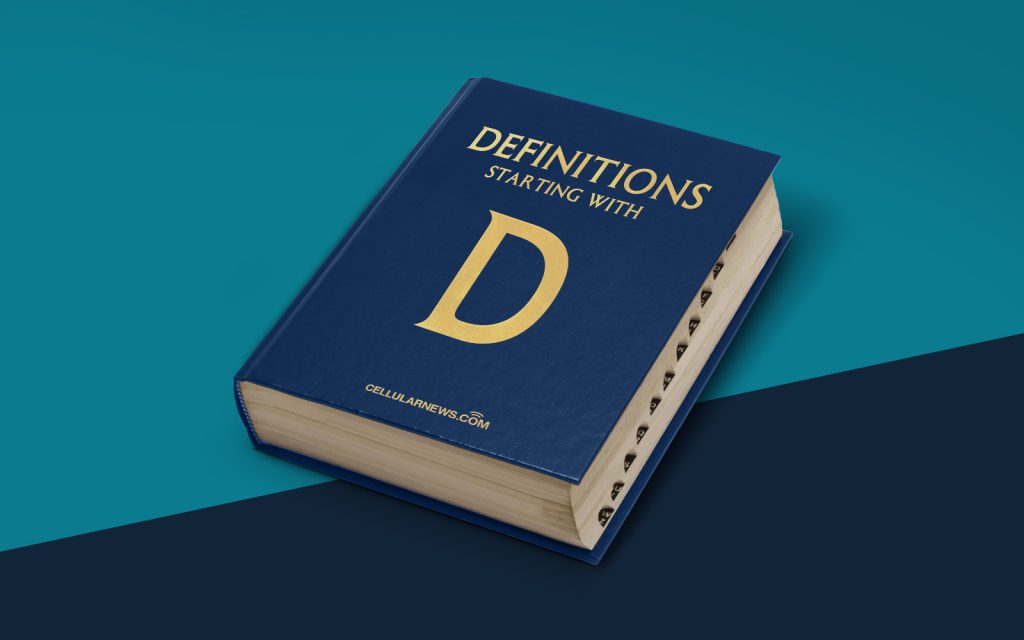
Unveiling the Mysteries of Deepfake: Understanding the Definitions
Welcome to our “DEFINITIONS” category, where we shed light on complex concepts and demystify them for you. Today, we delve into the fascinating world of deepfake, an emerging technology that has captivated both tech enthusiasts and skeptics alike.
So, what is deepfake exactly? In simple terms, deepfake refers to the use of artificial intelligence (AI) and deep learning techniques to create or alter videos, images, or audio in a way that appears convincingly real. It involves manipulating or synthesizing digital content to make it seem like someone is saying or doing something they never did. This technology can be both impressive and concerning, raising questions about ethics, privacy, and the potential for misinformation.
Key Takeaways:
- Deepfake uses AI and deep learning to create realistic but manipulated digital content.
- This technology has both positive and negative implications.
Now that we have a basic understanding of what deepfake is, let’s explore some key points to help paint a clearer picture:
- AI-Powered Manipulation: Deepfake relies on advanced AI algorithms to analyze and synthesize facial expressions, speech patterns, and other visual or audio cues. By training these algorithms on large datasets, the software can generate incredibly realistic videos or images that mimic someone else’s appearance or voice.
- Entertainment and Creative Possibilities: While deepfake has raised concerns about the potential for misuse, it also has exciting applications in the entertainment industry. It allows filmmakers to digitally recreate deceased actors or create fictional characters that appear convincingly real. This opens up a world of creative possibilities for filmmakers and artists to bring their imaginations to life.
- Misinformation and Fraud Risks: One of the most concerning aspects of deepfake is its potential for spreading misinformation or facilitating fraud. With the ability to manipulate videos and audio, malicious actors can create convincing fake news, slander public figures, or even create fake evidence to deceive people. This poses significant challenges for media outlets, social platforms, and authorities in verifying the authenticity of content.
- Privacy and Consent: Deepfake technology raises important ethical questions about consent and privacy. Using someone’s likeness without their permission can lead to serious repercussions and violation of personal rights. As deepfake techniques become more accessible, it’s critical to establish guidelines and regulations to safeguard individuals’ privacy and prevent malicious activities.
Ultimately, deepfake is a powerful tool with tremendous potential for both positive and negative outcomes. It’s essential to stay informed and critically evaluate the content we consume in this digital age. As technology continues to evolve, it’s crucial to strike a balance between innovation and responsible use to ensure a safe and trustworthy online environment for all.
Thank you for joining us in unraveling the mysteries of deepfake. Stay tuned for more articles in our “DEFINITIONS” category as we explore other exciting concepts that shape the digital landscape.
